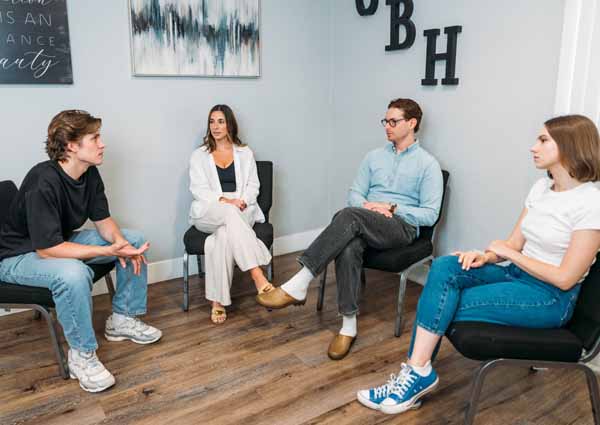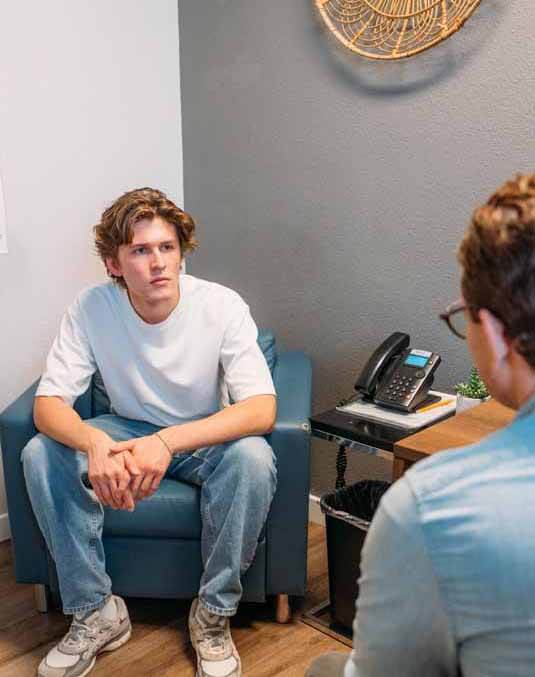Southern California Statistics and Info on Co-occurring and Multiple Disorders
Southern California is dealing with major challenges with co-occurring disorders, with a considerable percentage of the population requiring residential dual diagnosis treatment. The need for comprehensive dual diagnosis care is apparent in California, as the California Health Care Foundation found that nearly 60 percent of the state’s SUD treatment facilities in 2019 offered dual diagnosis support programs.
By 2021, approximately 500,000 Californians had a dual diagnosis, highlighting the increasing need for attainable and practical integrated behavioral health treatment options. Despite the availability of residential dual-diagnosis treatment centers, access to care continues to be a precarious issue, especially for underserved populations. The Kaiser Family Foundation, a nonprofit organization that is in San Francisco, reported that in 2022, 28.5 percent of adults in California who displayed symptoms of mental health and addiction disorders recognized needing integrated treatment but were unable to obtain it. Obstacles such as lack of insurance, financial constraints, and systemic inequalities inexplicably affect the uninsured, underinsured, and communities of color. The National Alliance on Mental Illness in California also shared that in 2019, 9.5 million U.S. adults faced both substance use and mental health disorders, accentuating the dire need for enhanced resources, policy alterations, and increased mental health and addiction services across Southern California and beyond.




